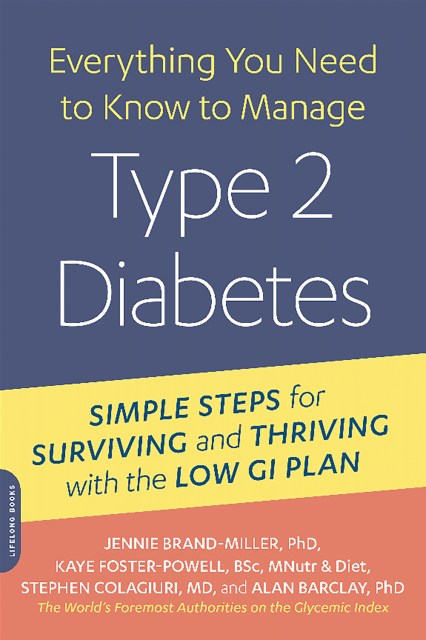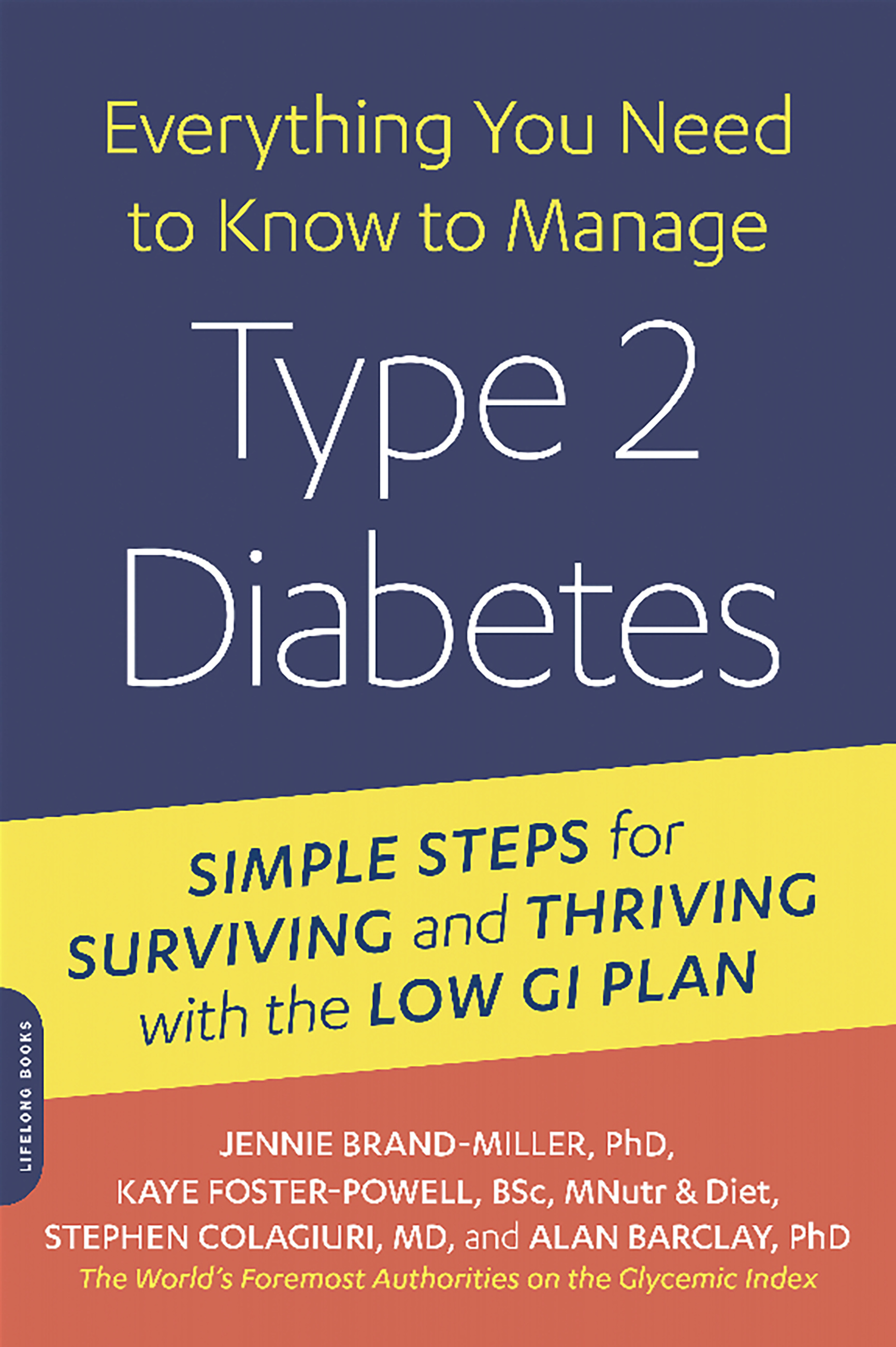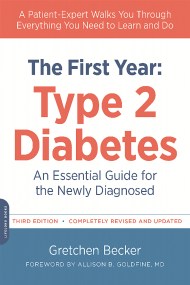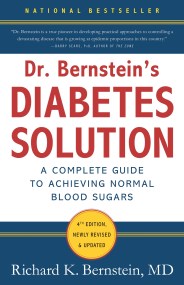Promotion
Shop now and save 20% on your back-to-school purchases & get free shipping on orders $45+ Use code: SCHOOL24
Everything You Need to Know to Manage Type 2 Diabetes
Simple Steps for Surviving and Thriving with the Low GI Plan
Contributors
By Dr. Jennie Brand-Miller, MD
By Kaye Foster-Powell, BSc, MND
By Stephen Colagiuri, MD
By Alan Barclay, PhD
Formats and Prices
Price
$19.99Price
$25.99 CADFormat
Format:
- Trade Paperback $19.99 $25.99 CAD
- ebook $7.99 $9.99 CAD
This item is a preorder. Your payment method will be charged immediately, and the product is expected to ship on or around June 2, 2015. This date is subject to change due to shipping delays beyond our control.
Also available from:
If you are one of the millions of people living with diabetes or prediabetes, you may feel like you’re inundated with information on how to manage your condition. The good news is that we now know a lot more about managing diabetes or reducing your risk of developing it — and here, the world’s foremost glycemic index experts share their wisdom. Rather than blind you with science or swamp you with facts, Everything You Need to Know to Manage Type 2 Diabetes sets out clearly and simply what you need to eat and do to help you:
Reduce your risk of developing diabetes
Improve your insulin sensitivity and your cardiovascular health
Keep your blood glucose levels, blood pressure, and blood fats under control
Reduce your body fat and maintain a healthy body
With tips and strategies for working with your doctor, the most recent info on medications, and guidance on the best foods to eat (at home or at a restaurant), Everything You Need to Know to Manage Type 2 Diabetes offers uncomplicated, straightforward advice to help you survive — and thrive.
-
"Dr. Brand-Miller's pioneering research has shown that carbohydrates are not created equal—and everyone having problems with glucose metabolism needs to know the difference."–Walter Willett, MD, Harvard School of Public Health
- On Sale
- Jun 2, 2015
- Page Count
- 256 pages
- Publisher
- Da Capo Lifelong Books
- ISBN-13
- 9780738218472
Newsletter Signup
By clicking ‘Sign Up,’ I acknowledge that I have read and agree to Hachette Book Group’s Privacy Policy and Terms of Use







